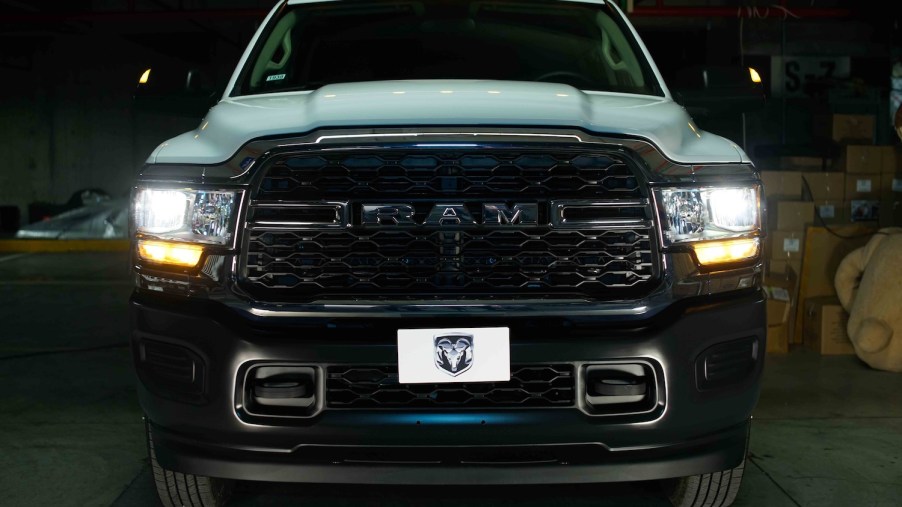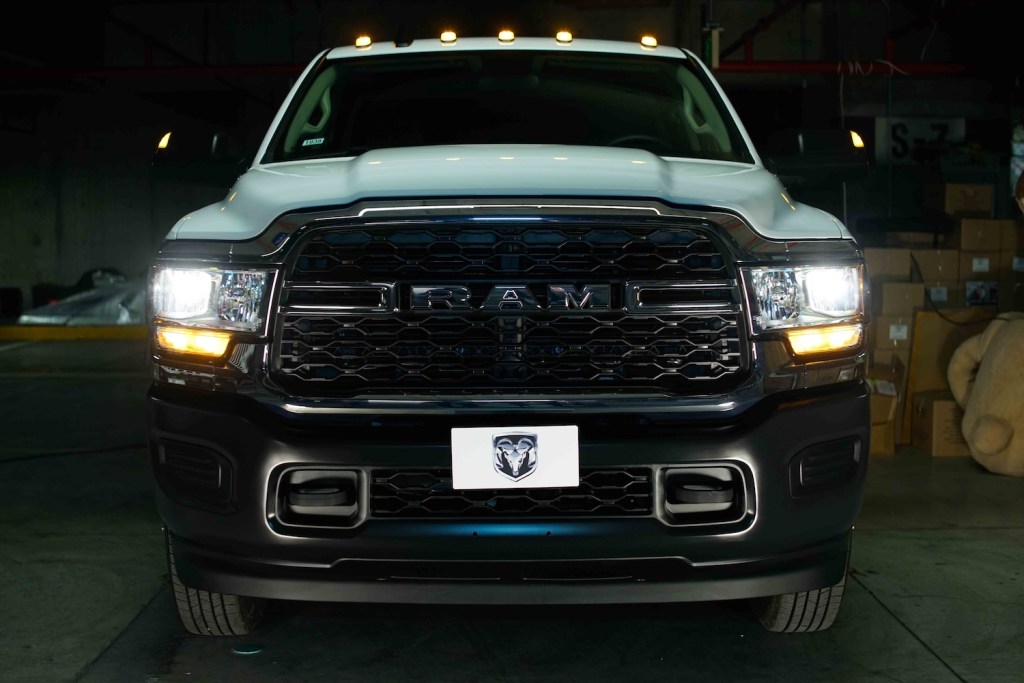
Why Pickup Trucks’ Blind Spots Is So Much Bigger Than Even SUVs
It’s no secret that there are blind spots in larger vehicles, but most people don’t realize just how serious those blind spots can be. Yet perhaps even more surprising is how much bigger the blind spots are in pickup trucks vs SUVs. What makes it so much harder to see clearly out of a big pickup truck vs a large SUV? Let’s take a look.

Trucks vs SUVs: which have bigger blind spots?
Trucks have some of the worst blind spots of any vehicle on the road. SUVs’ blind spots aren’t great, but they are generally smaller than those in pickup trucks. Consumer Reports measured the visibility for 15 brand new vehicles and found that blind spots on some pickup trucks are 7 feet longer than some SUVs. They are also 11 feet longer than some sedans, which is a huge difference.
In addition, pickup trucks tend to have less safety equipment than SUVs. Many lack three essential safety systems that Consumer Reports names as vital: automatic emergency braking with pedestrian detection, automatic emergency braking at city speeds, and blind-spot warning. Although Ford, Honda, Nissan, and Toyota offer these three standard in their pickup trucks, GM and Stellantis don’t.
Pickup trucks have gotten really tall
Another problem with pickup trucks is that they’ve gotten really tall. When Consumer Reports asked some major auto manufacturers why trucks keep getting bigger, they got no response from Stellantis, and said that a “spokesperson from Ford said the automaker had “shifted from softer lines” because “customers prefer more purposeful looks.” GM blames it on off-roading as well as a greater need for towing and cargo space. Both GM and Ford said that increased towing capacity means trucks need bigger grilles for more efficient cooling.
Of course, a demand for big trucks will certainly play a role in bigger trucks being built. 1 in 5 vehicles sold is a pickup truck, so car manufacturers are making a lot of money on them. In addition, full-size trucks are hugely popular. Consumer Reports says that, “full-sized trucks, such as the F-150, Silverado, Ram 1500, Toyota Tundra, and Nissan Titan, now hold 79 percent of the pickup market, up 12 percent from 2000.”
Both pickup trucks and SUVs pose a threat to kids in frontover collisions
Because trucks and SUVs are so large, they pose a threat to kids in frontover collisions. A frontover collision is “when a driver hits someone in their front blind spot while maneuvering in a driveway or parking lot,” according to Jennifer Stockburger, director of operations at Consumer Reports’ Auto Test Center. More than 80% of fatal frontover collisions involve trucks, vans, and SUVs.
Children are especially vulnerable to frontover collisions because of their size. KidsAndCars says that at least 3,000 kids are injured every year in frontover crashes. Between 1990 and 2019 there were 931 deaths due to frontover collisions and most of those were children ages 12-23 months old. Frontover collisions have gone up 89% in the last ten years leading up to 2019. There were 304 two decades ago to 575 in that last decade, according to The Verge.
The increasing size of pickup trucks and SUVs make them both a danger to kids, but pickup trucks pose a bigger threat. If you have a large truck or SUV, make sure you check that nothing is in front of your vehicle before you get in. Buying a vehicle with essential safety features will also help prevent accidents.


